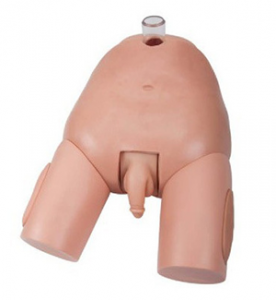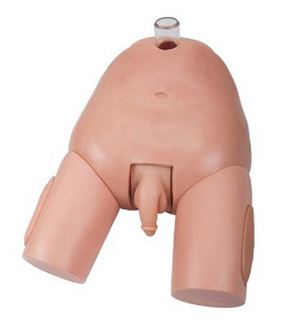ADA MED SUPPLY LIMITED
Phone:+86 19937901373
Tel:+86-0379-65160607
Email:adaanatomy@adaanatomy.com

Article tag: Male bladder puncture model medical nursing model

Male bladder puncture is an important clinical treatment technology, the accuracy and safety of its operation are directly related to the treatment effect and life safety of patients. Therefore, in medical education and training, we must attach great importance to the training of male bladder puncture, and the importance of bladder puncture model can not be ignored.
First, it provides a near-real simulated environment for the medical staff. In the real clinical environment, there is a high risk of directly performing bladder puncture on patients, and once the operation is wrong, it may lead to serious complications and even endanger the life of patients. Through the training of bladder puncture model, medical staff can practice repeatedly without risk and master the correct operation steps and skills, so as to improve the accuracy and safety of clinical operation.

Secondly, it can help medical personnel better understand the human anatomy and physiological function. Bladder puncture is a highly delicate procedure that requires a deep understanding of the anatomy of the human body. Through model training, medical staff can intuitively observe the shape, position and adjacent relationship of the bladder and its surrounding tissues, so as to deepen the understanding of the anatomical structure and provide an accurate basis for clinical operation.
In addition, it is flexible and repeatable. Unlike real patients, models can be used over and over again, and health care workers can practice them as many times as they need until they are good at it. At the same time, the model can also be customized and adjusted according to different teaching needs to meet the learning needs of medical staff at different levels and stages.
To sum up, the importance of bladder puncture model in male bladder puncture training cannot be ignored. It is not only a substitute for traditional training, but also an indispensable teaching tool in modern medical education. Through model training, medical personnel can practice repeatedly, master skills, and deepen understanding in a risk-free environment, thereby improving the accuracy and safety of clinical operations.